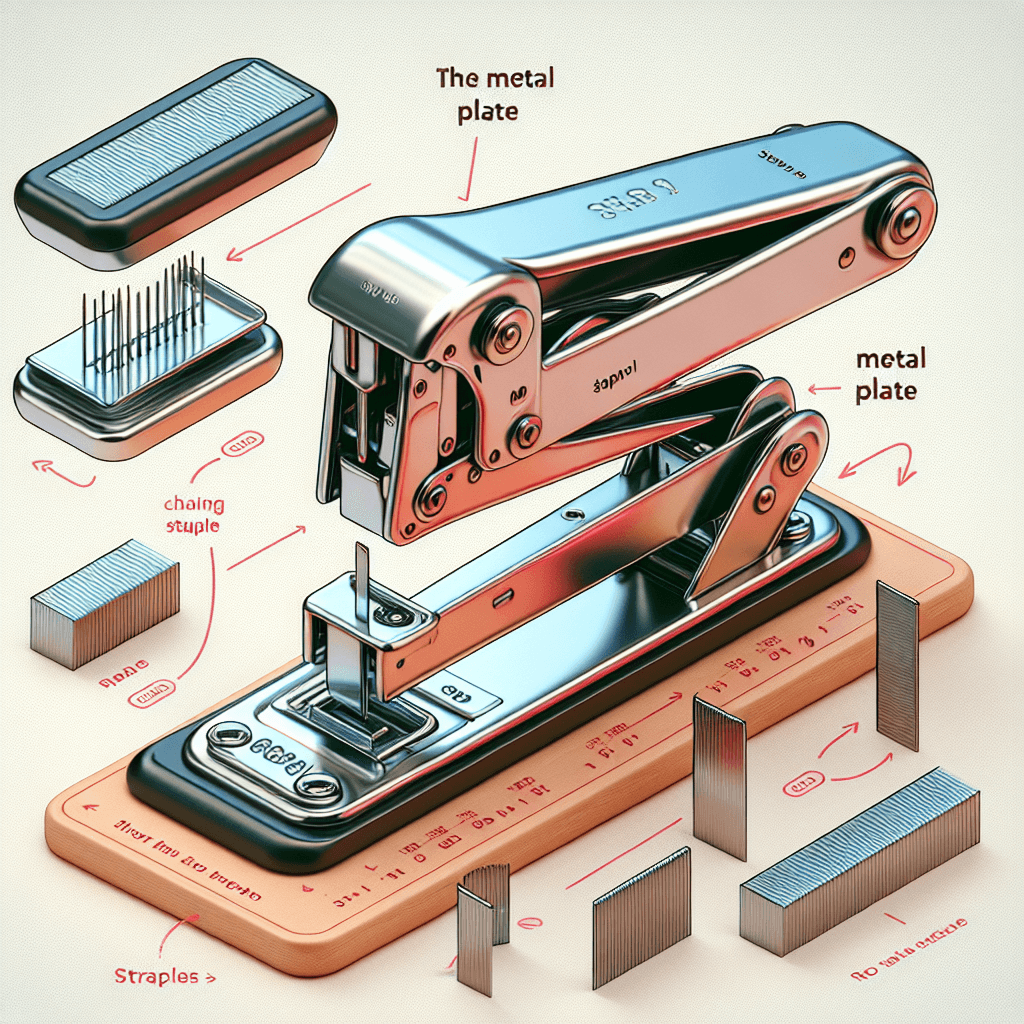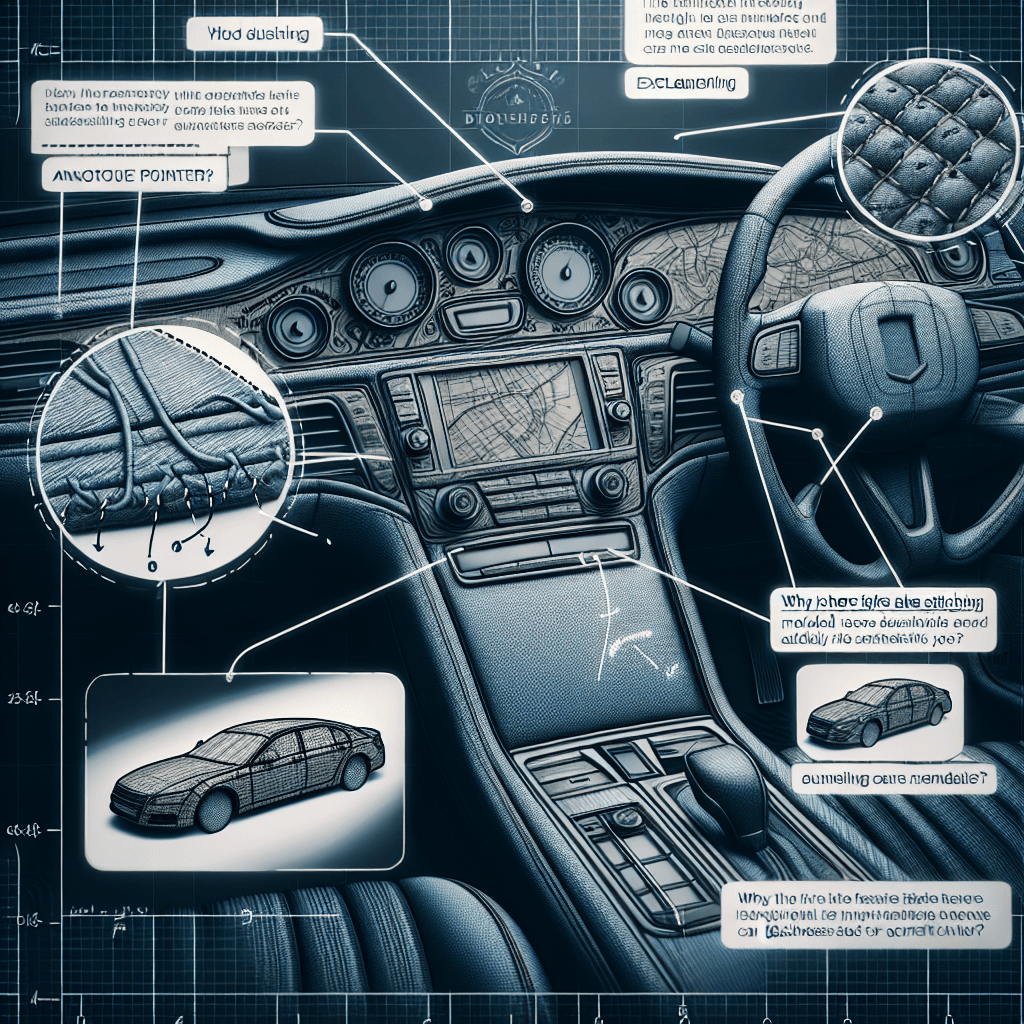Why can you rotate the metal plate on a stapler to change how it bends the staple
That rotating metal plate on your stapler isn't a mistake—it's a built-in switch that changes your staples from a permanent bind to a temporary pin.


Too Long; Didn't Read
TLDR: The rotating metal plate on a stapler has two settings. The standard side with grooves bends the staple inward for a permanent hold. The other side bends the staple outward for temporary pinning, making it easy to remove.
Stapling Secrets Revealed: Why Can You Rotate the Metal Plate on a Stapler to Change How It Bends the Staple?
Take a moment to look at the stapler on your desk. It’s a familiar, functional tool you’ve likely used thousands of times without a second thought. But have you ever noticed that the small metal plate the staple presses against can often be pushed down and rotated? This isn't a loose part or a manufacturing quirk; it’s a deliberately engineered feature with a surprisingly useful, and often overlooked, purpose. That rotating plate, known as an anvil, is the key to unlocking your stapler’s dual functionality. This blog post will demystify this clever mechanism, explaining exactly why it rotates and how it provides two distinct ways to bind your documents: one permanent, and one temporary.
What is That Rotating Metal Plate Called?
Before we dive into the "why," let's start with the "what." The metal plate at the base of your stapler is officially called the anvil or strike plate. Its fundamental job is to provide a hard, shaped surface that meets the legs of the descending staple. As the staple is forced against the anvil, the legs have nowhere to go but to follow the channels, or grooves, indented into the anvil's surface. It’s the precise shape of these grooves that determines how the staple bends and fastens your paper. Most staplers feature an anvil with two different sets of grooves, allowing you to switch between two different stapling modes.
Permanent vs. Temporary Stapling: A Tale of Two Grooves
By rotating the anvil 180 degrees, you are selecting between two distinct functions: permanent clinching and temporary pinning. Each mode bends the staple legs in a completely different direction to achieve a different goal.
Clinching: The Standard, Permanent Staple
This is the setting you use 99% of the time. In the standard position, the anvil’s grooves are curved inwards, forming a shallow "U" shape.
- Mechanism: When the staple’s legs hit these inwardly curved channels, they are forced to fold toward the center, curling under the bottom sheet of paper and nearly touching each other.
- Result: This is called "clinching." It creates a strong, secure fastening designed for permanence. The flat, inward-facing bend holds papers tightly and is difficult to remove without a proper staple remover, which is needed to pry the legs back open.
- Best for: Finalizing reports, assembling handouts, and any situation where you need documents to stay securely bound for a long time.
Pinning: The Lesser-Known, Temporary Staple
When you rotate the anvil, you expose a second set of grooves. These channels are designed to splay outwards.
- Mechanism: When the staple’s legs strike these outwardly angled grooves, they are bent away from each other, pointing outwards on the back of the paper. The staple’s legs remain mostly straight, with just the tips bent.
- Result: This is known as "pinning" or "tacking." It creates a much weaker hold, similar to using a straight pin. The staple can be easily slid out by hand without tearing the paper or requiring a special tool.
- Best for: Temporarily attaching a note to a document, holding draft pages together for a quick review, or any time you need to fasten papers for a short period and know you'll be separating them soon.
The Practical Purpose of Pinning
You might wonder why anyone would need a temporary staple when paper clips exist. The pinning function is a clever piece of design that was particularly useful before paper clips became the ubiquitous and inexpensive office supply they are today. It provided a quick and reusable way to temporarily group documents without the commitment of a permanent staple.
Even today, it has its uses. If you need to attach a cover sheet that will be removed before filing, or if you're simply out of paper clips, the pinning function is an elegant built-in solution that’s been hiding on your stapler all along.
Conclusion
That small, rotating metal anvil on your stapler is a testament to thoughtful, functional design. It transforms a simple, single-purpose tool into a versatile device capable of both permanent clinching and temporary pinning. The inward grooves create a secure, lasting bond, while the outward grooves offer a temporary, easily removable hold. Now that you know its secret, you can make a more conscious choice based on your needs. So next time you reach for your stapler, take a moment to appreciate the clever engineering hiding in plain sight. Go ahead, give that anvil a spin and master both modes of stapling.


